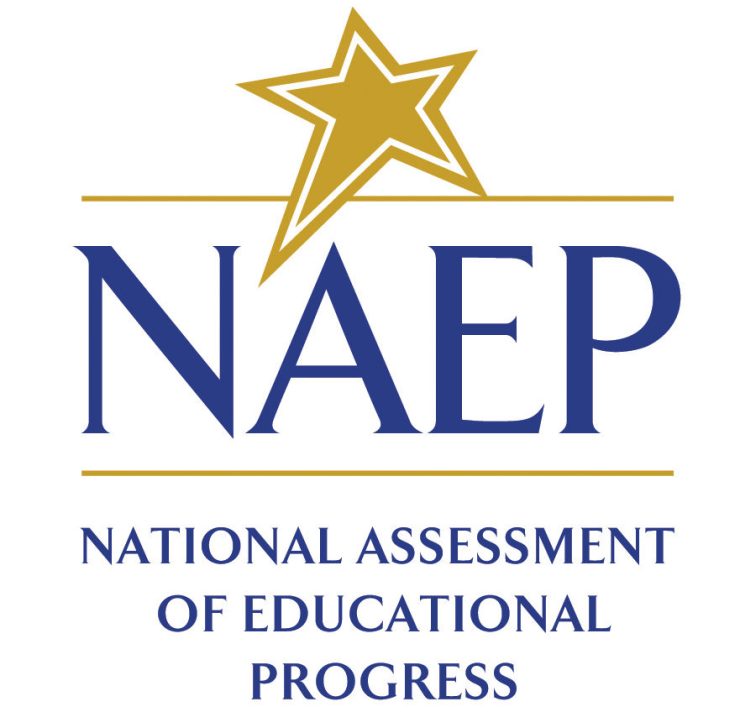
U.S. Secretary of Education Betsy DeVos speaking at the 2017 Conservative Political Action Committee
Photo Credit: Gage Skidmore
U.S. Secretary of Education Betsy DeVos responded to the stagnant nationwide scores on the National Assessment of Educational Progress (NAEP) but touted Florida who saw gains in fourth and eighth-grade reading and math scores as a bright spot.
Here is her statement in full:
The report card is in, and the results are clear: We can and we must do better for America’s students. Our nation’s reading and math scores continue to stagnate. More alarmingly, the gap between the highest and lowest performing students is widening, despite billions in Federal funding designated specifically to help close it.
One bright spot in today’s report is Florida, where Sunshine State students are bucking the national trend, showing significant improvement in 4th and 8th grade math and in 8th grade reading. Both low and high performers in Florida demonstrated that improvement, again bucking the national trend and narrowing the achievement gap.
Florida leaders, administrators, and, most importantly, teachers are to be commended for their continued efforts on behalf of students. Florida has been at the forefront of bold, comprehensive education reform for decades. From accountability, to literacy, to teacher certification and recognition, to providing parents more freedom to select the learning environment that best fits their students’ needs, Florida is rethinking education.
Florida’s results show what is possible when we focus on individual students. This Administration is committed to working with States and communities across our country to bring about the much-needed change our students deserve.
Many thanks to the professional staff at the National Center for Education Statistics and the members of the National Assessment Governing Board for their work and for their commitment to continually improving NAEP.
Florida saw an improvement from 227 to 228 on the fourth-grade reading assessment. The average score is still below 240 which is the score students need to receive to be deemed “proficient.” 41 percent of Florida’s 4th-graders are considered proficient or above up from 38 percent in 2015.
Florida saw a bigger jump with eighth graders on their reading assessment. They jumped from an average score of 264 to 267. A score of 280 is considered proficient. 35 percent of Florida’s 8th-graders are considered proficient up from 30 percent in 2015.
Florida’s 4th graders saw a larger jump in math with an average score of 243 in 2015 to 246 in 2017 which is a new high for the Sunshine State. Fourth graders are considered proficient if they attain a score of 250 or higher. 47 percent of Florida’s 4th-graders attained that score or higher, up from 42 percent in 2015.
Florida’s 8th graders saw a smaller bump from 281 in 2015 to 282 in 2017. This is still two points below their historic high of 284 attained in 2013. The proficiency benchmark is 300 for the 8th-grade math assessment. Only 29 percent of Florida’s 8th-graders are considered proficient or above up from 27 percent in 2015.




